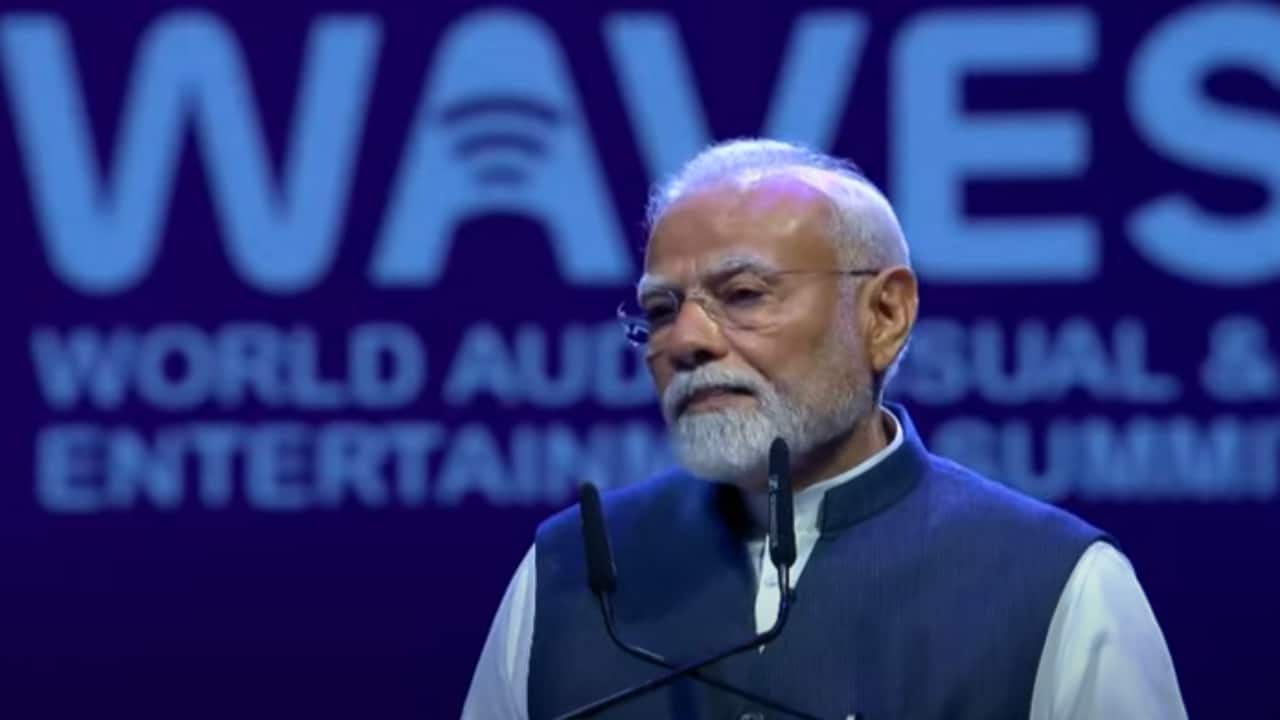Expert view: Amit Jain, the co-founder of Ashika Global Family Office Services , believes short-lived rallies will continue to be followed by quick corrections in the Indian stock market until there’s more clarity on global trade and interest rate directions. In an interview with Mint, Jain said banking, infrastructure, FMCG, and healthcare appear most promising at this juncture, offering a mix of growth and defensiveness. Here are edited excerpts of the interview: The domestic market has faced a fresh wave of profit booking after each rally in recent weeks.
What’s preventing the market from sustaining its gains? The market struggles to sustain rallies because every uptick is quickly met with profit-booking amid global uncertainty. Factors like Trump’s tariff moves, fears of a US recession , and volatility in crude oil prices keep sentiment cautious. Domestically, while fundamentals remain strong, valuations in certain pockets—especially mid- and small caps —have become stretched, prompting investors to lock in gains.

Given the global noise, a “sell on rally” mindset prevails, where traders are unwilling to hold risk for too long. This pattern of short-lived rallies and quick corrections will likely continue until there’s more clarity on global trade and interest rate directions. How should investors navigate the current market environment? Has the peak anxiety around Trump’s tariff policies passed? Investors today find themselves at a tricky crossroads.
Global markets, including India’s, have absorbed the initial shock of Donald Trump’s aggressive tariff decisions, but the underlying anxiety has not fully dissipated. If anything, it has evolved from panic selling to cautious scepticism. The peak panic around tariffs may be behind us, but markets remain fragile.
Every rally is met with hesitation, as investors grapple with the real economic consequences of a prolonged trade stand-off. Supply chains are being reconfigured, cost structures are shifting, and global growth projections are being trimmed—none of which will resolve overnight. In this climate, investors should stay anchored to fundamentals.
It’s a time to avoid excessive risk, focus on quality balance sheets, and prioritise sectors with minimal direct exposure to global trade battles, such as domestic banking, FMCG, and capital goods. Tactical allocations to gold and selective large-cap names can also provide stability. The message is clear: cautious optimism is the way forward.
Don’t fear the volatility, but don’t chase every rally either. Which sectors do you believe hold the most promise over the next few years? India’s domestic strength will drive sectoral outperformance over the next few years. Banking, infrastructure, FMCG, and healthcare stand out, offering a mix of growth and defensiveness.
Investors should focus on sectors less exposed to global volatility and more aligned with India’s internal demand story. Is now a good time to consider contra bets in the IT sector? After a significant correction, the IT sector is starting to offer selective opportunities for contrarian investors. While broad challenges remain, large-cap players with strong balance sheets and diversified client bases could lead the recovery as global tech spending stabilises.
The best way to play this selectively is through IT Bees, which provides low-cost, diversified exposure to quality IT companies. What’s your outlook on the domestic consumption theme? Is it an attractive area for investment at this stage? The domestic consumption story remains one of the strongest pillars of India's growth narrative. Despite intermittent headwinds, underlying demand drivers—rising disposable incomes, urbanisation, premiumisation trends, and aspirational spending—continue to strengthen.
While valuations in certain segments, such as discretionary consumption, have stretched, the recent market volatility creates more reasonable entry points. We believe staples, retail, and segments linked to premium rural demand offer attractive long-term opportunities. Domestic consumption is not just a cyclical story—it’s a structural trend, and investors with a three—to five-year horizon should consider meaningful exposure to this theme.
What should be the investment strategy for the mid- and small-cap segments in the current scenario? The current environment presents both risk and reward for mid- and small-cap investors. Given the market volatility, the focus should shift to companies with solid earnings visibility and a strong competitive edge in niche sectors—especially those benefiting from domestic demand or structural trends like digitalization, automation, and consumer premiumization. Rather than chasing growth at any cost, investors should focus on businesses with healthy balance sheets, the ability to pass on costs, and a proven track record of scaling operations.
The strategy should be to buy into high-conviction stocks that are undervalued or temporarily out of favour but have long-term growth potential. It’s about identifying businesses that can navigate challenges and emerge stronger once the economic landscape stabilises. Read all market-related news here Read more stories by Nishant Kumar Disclaimer: This story is for educational purposes only.
The views and recommendations above are those of individual analysts or broking companies, not Mint. We advise investors to check with certified experts before making any investment decisions, as market conditions can change rapidly, and circumstances may vary..
Business

Expert view: Profit booking on rallies may continue; banking, infra, FMCG appear promising, says Amit Jain of Ashika

Expert view: Amit Jain from Ashika Global suggests that short-lived market rallies will continue due to global uncertainties. He highlights banking, infrastructure, FMCG, and healthcare as promising sectors.















